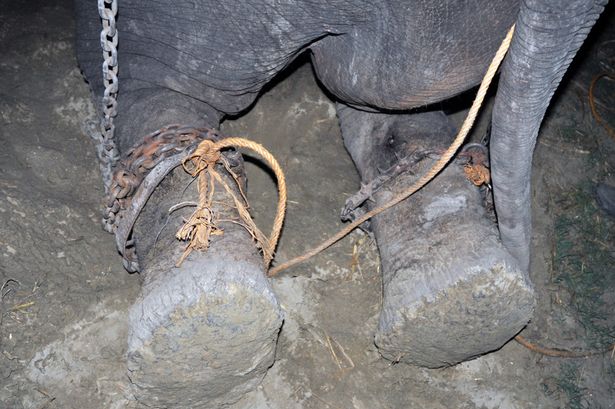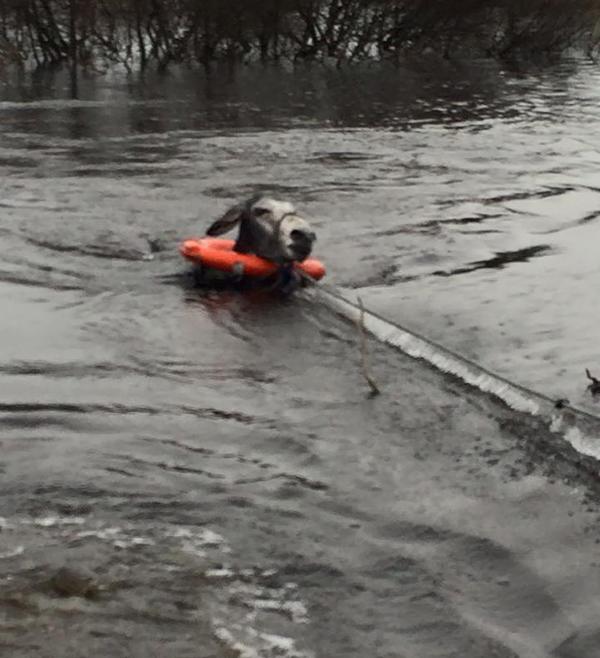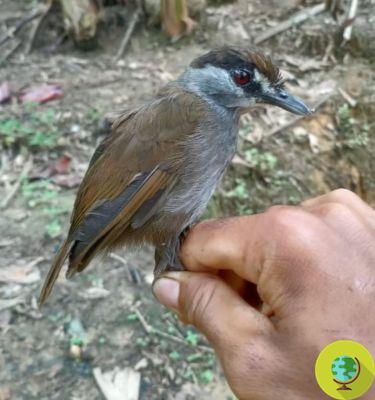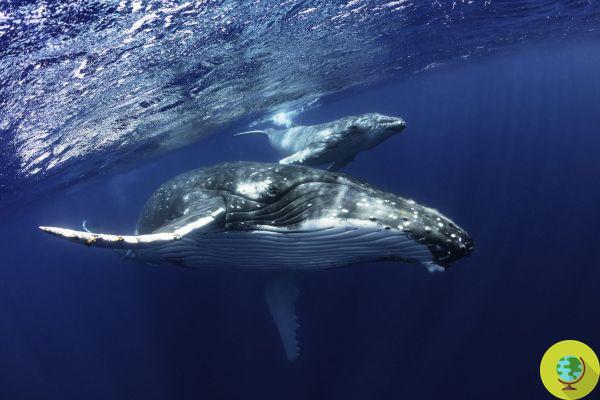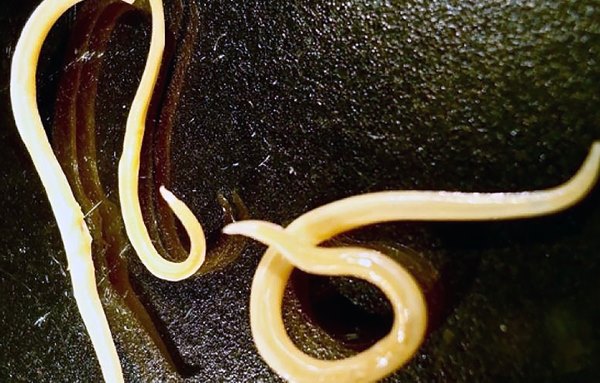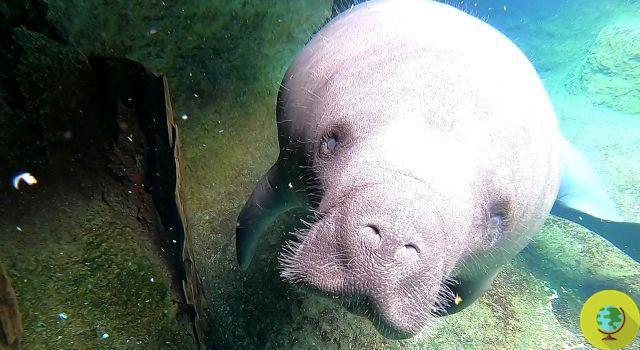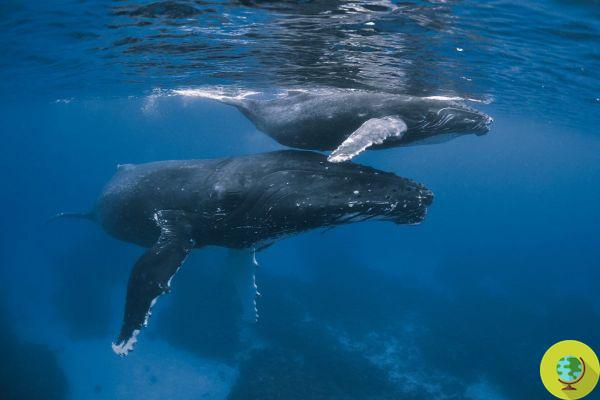According to scientists it is an ancient prehistoric reptile 4 meters long. It is the first time that traces of it have been found in Europe
Crocodiles lived in the Alps. This was discovered by a new study that identified a new type of fossil footprint hitherto unknown in the Alta Val Maira in the province of Cuneo. According to scientists it is an ancient prehistoric reptile about 4 meters long. It is the first time that traces of it have been found in Europe.
The long work was carried out by geologists and paleontologists from MUSE - Trento Science Museum, the Institute and Museum of Paleontology of the University of Zurich and the Universities of Turin, Rome Sapienza and Genoa and has just been published in the international magazine. PeerJ.
The footprint was called Isochirotherium gardettensis and owes its name to the Gardetta Plateau, the exact place where it was found. What left the scientists speechless was the fact that the fossil footprints were imprinted by large crocodile-like reptiles in the deepest past of the Western Alps, some 250 million years ago. They were found at 2200 meters above sea level in the plateau that falls within the municipality of Canosio.
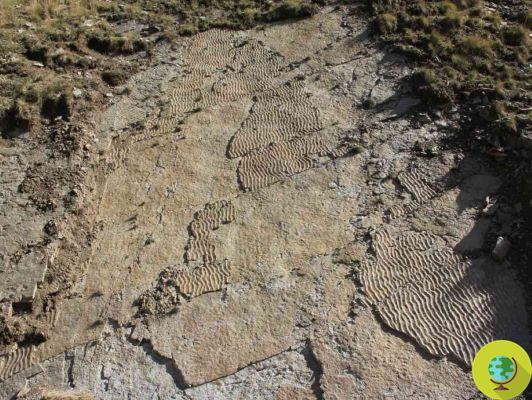
©Muse
It all began following the thesis work of the Dronerese geologist Enrico Collo. Then in 2008, together with prof. Michele Piazza of the University of Genoa and in 2009 with Heinz Furrer of the University of Zurich, the team of scientists identified trampling traces left by large reptiles in some rocks. What intrigued them was the fact that similar footprints were usually left among the undulating muddy bottoms of an ancient marine coast line near a river delta.
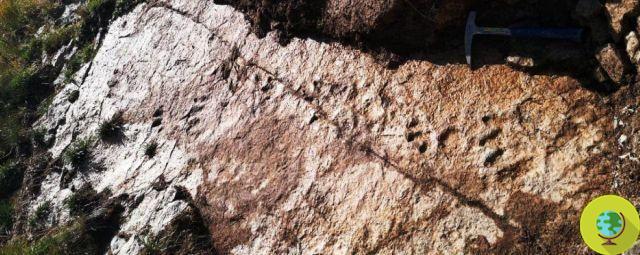
©Muse
"It was very exciting to notice just two dimples imprinted in the rock, move a grassy tuft and immediately realize that it was a footprint over a foot long: a real dive into deep time, with the privilege of being the first to place your hand in the same cavity where in hundreds of millions of years only one other had rested; I immediately recalled the image of the animal that unknowingly left a lasting mark in the soft and wet mud, but destined to become rock and rise to form part of the solid backbone of the Alps ",
said paleontologist Edoardo Martinetto of the Department of Earth Sciences of the University of Turin, the first discoverer of the new traces.
For scientists it is fossil tracks of the Chirotherium icnogenus, an absolute novelty for science e a unique find in Europe.
"The footprints are exceptionally preserved and with such a peculiar morphology that it has allowed us to define a new ichnospecies that we have decided to dedicate to the Gardetta Plateau" added Fabio Massimo Petti of MUSE - Trento Science Museum, expert in fossil footprints .
The discovery therefore testifies to the presence of large reptiles in a place and a geological time considered inhospitable. The rocks in which the footprints were made were formed a few million years after the most great mass extinction of the history of life, the Permotriassic extinction. This overturns the hypothesis that this area was unsuitable for life.
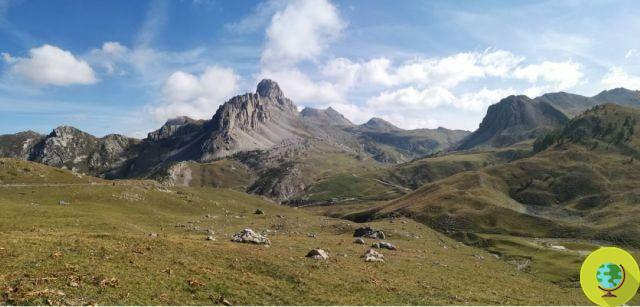
©Muse
"It is not possible to know precisely the identity of the organism that left the footprints that we attributed to Isochirotherium gardettensis, but, considering the shape and size of the footprints, and other anatomical characters that can be derived from the study of the track, it is likely to be an archosauriform reptile of considerable size, at least 4 meters, ”said paleontologist Marco Romano of the Sapienza University of Rome.
An extra step in the discovery of life on Earth in ancient times.
Sources of reference: Peer J, Muse Trento
READ also:
- 20 years ago the most complete Australopithecus fossils ever found were discovered. They were from little Selam, who would change history forever
- New species of burrowing dinosaur discovered from two fossils from 130 million years ago




